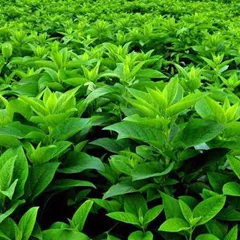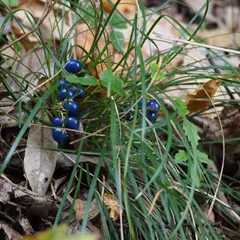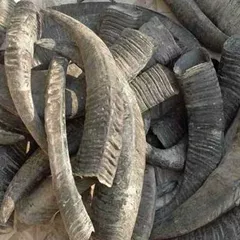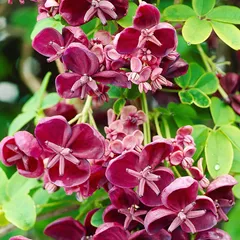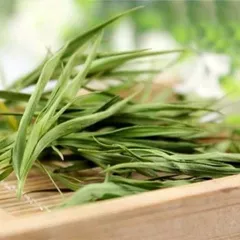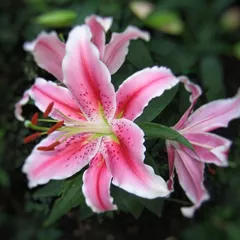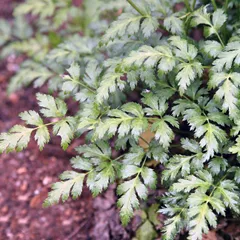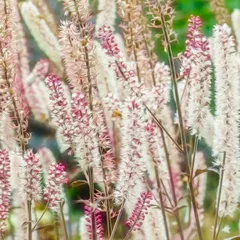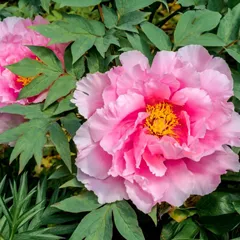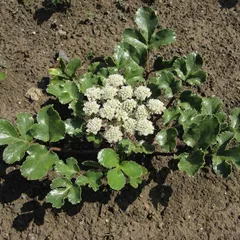Bai He Di Huang Tang
Bai He Di Huang Tang
Chinese: 百合地黄汤
Pinyin: Bǎi Hé Dì Huáng Tāng
Other names: Lily Bulb and Rehmannia Decoction
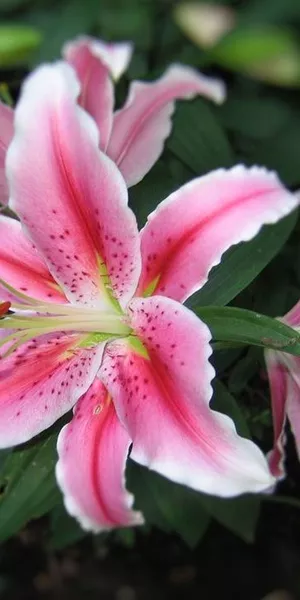
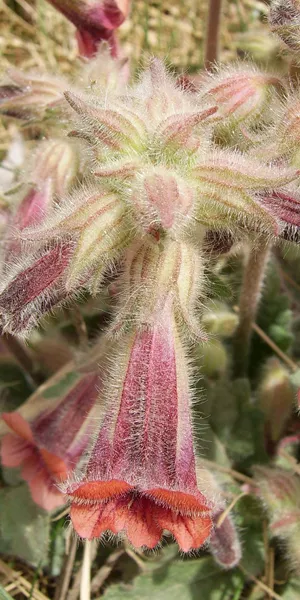
Bai He Di Huang Tang
Bai He Di Huang Tang
Chinese: 百合地黄汤
Pinyin: Bǎi Hé Dì Huáng Tāng
Other names: Lily Bulb and Rehmannia Decoction
Number of ingredients: 2 herbs
Formula category: Formulas that clear Heat from Deficiency
Conditions for which it may be prescribed: NeurosesHysteriaSleep walking and two other conditions
- Moistens the Lungs
- Enriches the Body Fluids
- Clears Heat and cools the Blood
Contraindications: Not suitable for patterns with Excess Fire in the Lungs and Heart, nor for... Not suitable for patterns with Excess Fire in the Lungs and Heart, nor for patterns where Yin Deficiency is the main pathology. see more
Source date: 220 AD
Source book: Essentials from the Golden Cabinet
The information provided here is not a replacement for a doctor. You shouldn't use it for the purpose of self-diagnosing or self-medicating but rather so you can have a more informed discussion with a professional TCM practitioner.
Bai He Di Huang Tang is a 2-ingredient Chinese Medicine formula with Lily Bulbs (Bai He) as a principal ingredient.
Invented in 220 AD, it belongs to the category of formulas that clear Heat from Deficiency. Its main actions are: 1) moistens the Lungs and 2) Enriches the Body Fluids.
In Chinese Medicine health conditions are thought to arise due to "disharmonies" in the body as a system. These disharmonies are called "patterns" and the very purpose of herbal formulas is to fight them in order to restore the body's harmony.
In this case Bai He Di Huang Tang is used by TCM practitioners to fight patterns like Heat in Nutritive Qi level or Heat in the Blood. From a Western Medicine standpoint, such patterns can give rise to a range of conditions such as acute febrile diseases, neuroses or autonomic dystonia for instance.
On this page, after a detailed description of each of the two ingredients in Bai He Di Huang Tang, we review the patterns and conditions that Bai He Di Huang Tang helps treat.
The two ingredients in Bai He Di Huang Tang
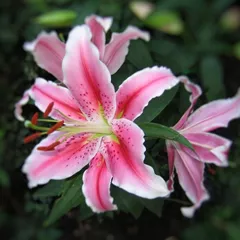
Bai He is a king ingredient in Bai He Di Huang Tang. Like the name indicates, it means it has more power than other ingredients in the formula.
1. Lily Bulbs (Bai He)
Part used: Dried fleshly scale leaves of the bulb
Nature: Cold
Taste(s): Sweet
Category: Tonic herbs for Yin Deficiency
Bai He is sweet, slightly bitter, and cooling, despite that the Classic Materia Medica calls it sweet and neutral. Its main indications, in ancient and modern practice, is to clear and drain Heat, as well as direct it downward. The Classic of the Materia Medica and Miscellaneous Records states that it 'governs pathogenic Qi' and 'governs chills and fevers', which refers to the herb's ability to open up areas of clumping, and its action of unblocking, facilitating, draining, and guiding out. It is due to slippery and moistening nature. Classic of the Materia Medica also says that it tonifies the Middle and augments the Qi. It also calms the Mind and strengthens the ability to resolve things. This indicates the elimination of pathogenic Heat and recovery of normal Qi. It does not mean this sweet, cold herb tonifies the Qi.

Di Huang is a deputy ingredient in Bai He Di Huang Tang. This means it helps the king ingredient(s) treat the main pattern or it serves to treat a coexisting pattern.
2. Unprepared Rehmannia (Di Huang)
Part used: Prepared dried root tuber
Nature: Cold
Taste(s): Sweet
Meridian affinity: HeartKidneyLiver
Category: Herbs that cool the Blood
Di Huang is sweet and cooling. It cools the Heat in the Blood, so as to calm the Mind, and enriches the Yin Body Fluids, by guiding Heat from the Nutritive and Blood levels back toward the Qi level. The Heat then gets released via the urine and bowels by the Heat-clearing actions of Lily bulb of this fomula. Together, this combination effectively eliminates pathogenic Heat in the Blood and Nutritive levels without damaging the Body Fluids.
Conditions and patterns for which Bai He Di Huang Tang may be prescribed
It's important to remember that herbal formulas are meant to treat patterns, not "diseases" as understood in Western Medicine. According to Chinese Medicine patterns, which are disruptions to the body as a system, are the underlying root cause for diseases and conditions.
As such Bai He Di Huang Tang is used by TCM practitioners to treat two different patterns which we describe below.
But before we delve into these patterns here is an overview of the Western conditions they're commonly associated with:
Acute febrile diseases Neuroses Autonomic dystonia Sleep walking Hysteria
Again it wouldn't be correct to say "Bai He Di Huang Tang treats acute febrile diseases" for instance. Rather, Bai He Di Huang Tang is used to treat patterns that are sometimes the root cause behind acute febrile diseases.
Now let's look at the two patterns commonly treated with Bai He Di Huang Tang.
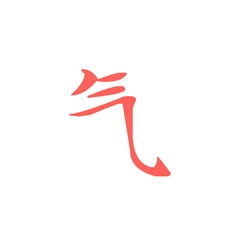
Qi is one of Chinese Medicine's vital subtances. Learn more about Qi in Chinese Medicine
Heat in Nutritive Qi level
Pulse type(s): Rapid (Shu), Fine (Xi)
Symptoms: Aphasia Macules Insomnia Delirium Restlnessness Fever at night Incoherent speech Dry mouth with no desire to drink
Bai He Di Huang Tang is sometimes prescribed by TCM practitioners to treat Heat in Nutritive Qi level. This pattern leads to symptoms such as fever at night, dry mouth with no desire to drink, restlnessness and insomnia. Patients with Heat in Nutritive Qi level typically exhibit rapid (Shu) or fine (Xi) pulses.
This is one of the two patterns of the Nutritive Qi level, the third level of the Four Levels theory.
At this level, the Heat is deeper within the body and has begun to injure the Yin and obstruct the Mind, causing delirium, incoherent speech or aphasia (the loss of ability to understand or express... read more about Heat in Nutritive Qi level
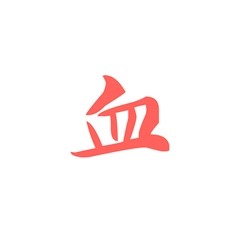
Blood (Xue) is one of Chinese Medicine's vital subtances. Learn more about Blood in Chinese Medicine
Heat in the Blood
Pulse type(s): Rapid (Shu)
Tongue color: Red
Symptoms: Fever Thirst Eczema Anxiety Itching Insomnia Delirium Red face Tinnitus Dry mouth Dizziness Dark Urine Dry stools Dry throat Bloody nose Malar flush Bloody urine Irritability Restlessness Night sweats Constipation Bloody sputum Bloody stools Heavy periods Restlnessness Early periods Cough of blood Abdominal pain Scanty periods Feeling of heat Delirious speech Vomiting of blood Red skin eruptions Dark colored blood Pale color periods Thick menstrual blood Black and tarry stools Thin and watery periods Bitter taste in the mouth Frequent bleeding episodes Trickling blood after period Dark clots in menstrual blood Pre-menstrual breast distention Abdominal distention and fullness Flooding suddenly before schedule Thirst with an inability to swallow Frequent bleeding episodes in stools urine or vomit
Bai He Di Huang Tang is sometimes prescribed by TCM practitioners to treat Heat in the Blood. This pattern leads to symptoms such as feeling of heat, red skin eruptions, thirst and frequent bleeding episodes. Patients with Heat in the Blood typically exhibit rapid (Shu) pulses as well as Red tongue.
The most common cause of Heat in the Blood is a Heat Pernicious Influence that has invaded the body and agitates the Blood. This results in accelerated blood flow which manifests itself in a rapid pulse, expanded and damaged Blood vessels and often heavy bleeding. The Blood will be fresh red or... read more about Heat in the Blood
Formulas similar to Bai He Di Huang Tang
Zeng Ye Tang is 33% similar to Bai He Di Huang Tang
Xi Jiao Di Huang Tang is 25% similar to Bai He Di Huang Tang
Dao Chi San is 25% similar to Bai He Di Huang Tang
Bai He Gu Jin Tang is 20% similar to Bai He Di Huang Tang
Qing Wei San is 20% similar to Bai He Di Huang Tang
Yi Wei Tang is 20% similar to Bai He Di Huang Tang

